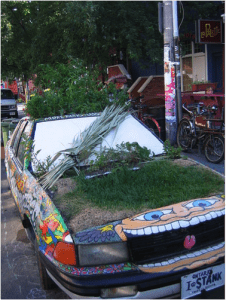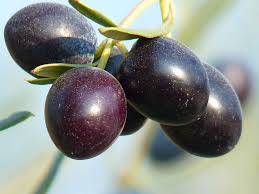From food and fuel to ritual and religious significance, humans use tens of thousands of plants across the world. Despite their importance, however, plants are often ignored in conservation planning, with 2 in 5 species threatened to become extinct [1].
Colombia has an incredible richness of biological and cultural diversity, and is ranked second in the world for the number of species it supports. However, the country’s vast social inequality, rural poverty, and high rates of biodiversity loss affect both wildlife and people.
During recent decades, the concept of ‘sustainability-through-use’ has emerged – the idea that using natural resources, such as wild plants, can incentivise biodiversity conservation. After years of internal conflict, this approach to support the development of Colombia’s bioeconomy has been proposed: an economy “that efficiently and sustainably manages biodiversity and biomass to generate new value-added products, processes, and services” [2].
Nevertheless, our review of studies across Colombia, Ecuador, Peru, and Bolivia found that unsustainable harvesting and the loss of useful wild plant species arose repeatedly [3]. Moreover, Colombia had the highest percentage of studies with unsustainable outcomes.
What do we know about the status of Colombia’s useful plants? And how can we preserve them to enable their potential before it is too late?
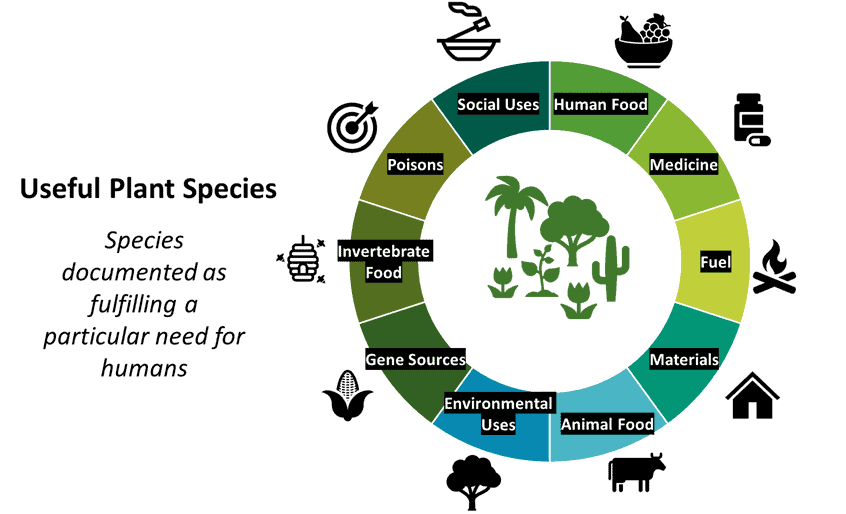
In Colombia, there are nearly 6,000 native plant species with known uses, classified in 10 categories (see Figure 1). Out of these, 294 are at risk of extinction – listed as vulnerable, endangered, critically endangered, or extinct in the wild on either the International Union for the Conservation of Nature (IUCN) or Colombian national “Red Lists” [4]. This might seem a small proportion, but 45% of native useful plant species in Colombia have never been assessed: we have no clue about their status. As extinction assessments often form the basis of conservation policy, planning, and action at national and global levels; this situation requires immediate attention.
Red Listing, however, is just form of information on useful plants. While conservation has traditionally focused on scientific methods, our review highlighted the need for increased collaboration. The importance of working with communities for bottom-up approaches was clear: local and indigenous users of wild resources often have in-depth knowledge of the species they use and the habitats they harvest these plant species from.
While these sources of knowledge have been identified, combining different knowledge systems is not always straightforward. However, there are many potential starting points. As part of the Useful Plants and Fungi of Colombia (UPFC) project [5], researchers worked with local people to identify 10 priority useful species in each of the three municipalities in the country where the case studies took place [6].
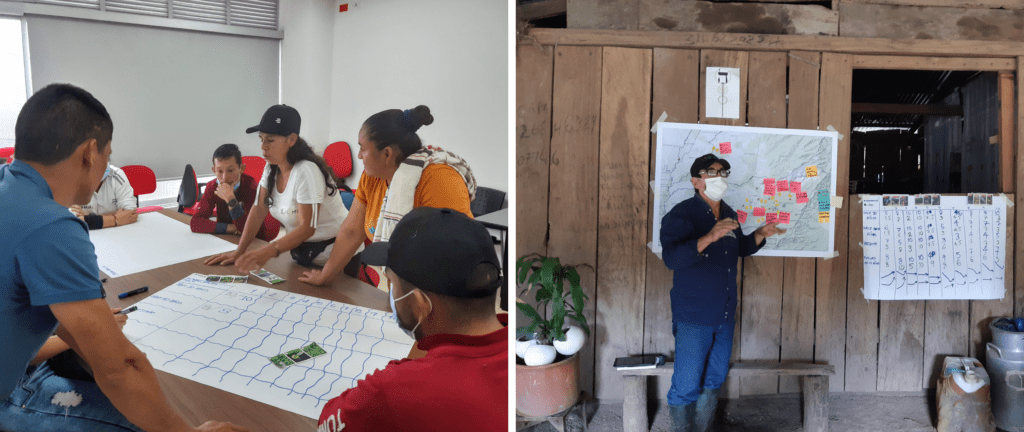
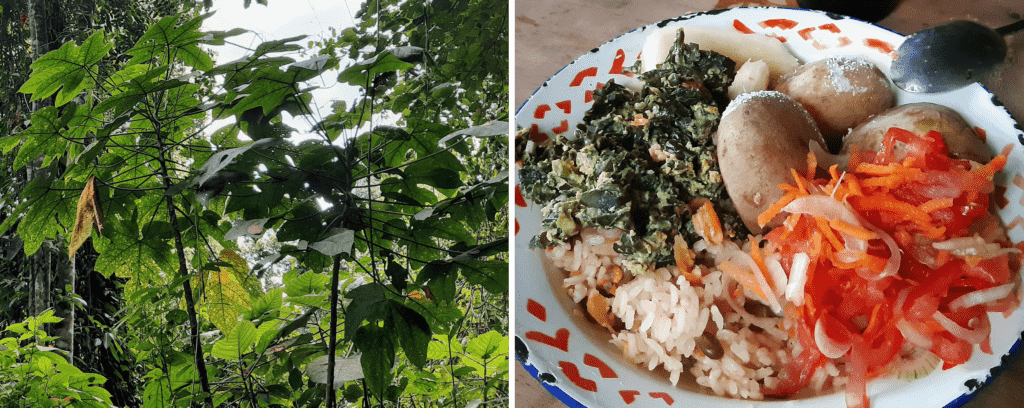
Recent workshops investigated trends in these species (see Figure 2). In the municipality of Otanche, Boyaca, most of the 10 prioritised species do not have extinction risk assessments. Through participatory exercises and groups discussion, however, it was revealed that sápiras (Vasconcellea cauliflora) – a plant whose leaves are used as a green vegetable and fruits are harvested for desserts – has locally experienced a steep decline during the last two decades (see Figure 3), a situation that has been linked to habitat clearance for livestock. Conversely, sacha inchi (Plukenetia volubilis) – also known as the Inca nut – has increased in both use and abundance due to their cultivation being promoted as part of an externally-run project.
For sustainability-through-use approaches to succeed, it is crucial to consider this local context and priorities alongside global and national assessments. If we want to just begin to understand the huge range of relevant issues, the participation of local people and co-production of knowledge across disciplines is vital. Only in a collaborative way can long-term sustainable solutions be found to preserve biodiversity while recognising the human dimensions of conservation.
By Laura Kor, @laurabkor. PhD Student, London NERC DTP (King’s College London; Royal Botanic Gardens, Kew; UCL).
More information:
- Antonelli et al., 2020.
- [Source in Spanish] Departamento Nacional de Planeación, 2018. Política de Crecimiento Verde Documento CONPES 3934. Available online here.
- Kor et al., 2021.
- Kor et al., 2022 (in press, chapter in Useful Plants of Colombia). See project here, also provided in citation below.
- Information about the project entitled “The useful plants of Colombia”. Available online here.
- Quiñones-Hoyos, et al., 2022.
- Cook, 1995.

